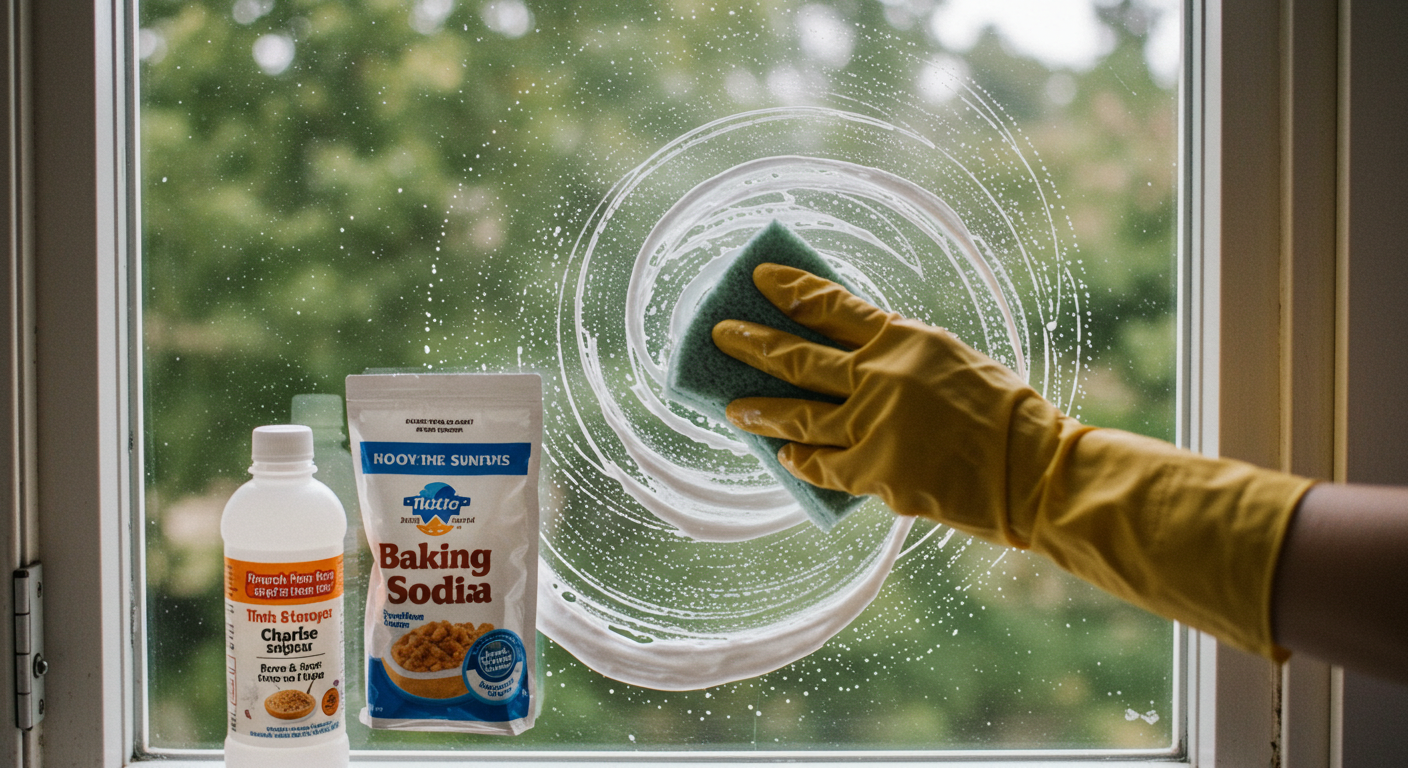If you purchase an independently reviewed product or service through a link on our website, BGR may receive an affiliate commission.
Fruits and vegetables are often sprayed with fungicides to keep mold at bay. However, new research suggests one of these chemicals could be quietly harming insects that are critical to healthy ecosystems and could lead to an insect apocalypse.
According to a study from Macquarie University, one of the world’s most widely used fungicides, chlorothalonil, drastically reduces insect fertility. It does so even at the lowest levels commonly found on produce.
Today's Top Deals
XGIMI Prime Day deals feature the new MoGo 4 and up to 42% off smart projectors
Best deals: Tech, laptops, TVs, and more sales
Best Ring Video Doorbell deals
During testing and research, scientists exposed fruit flies to real-world doses of the chemical and found that their egg production dropped by over a third. The effect wasn’t something that happened slowly over time, either. Instead, it was immediate and significant, the statement says, affecting both male and female fertility. And this isn’t an effect like when researchers got fruit flies hooked on cocaine, either. This is actually life threatening for the population.
And while that might sound useful, especially considering how annoying fruit flies can be when they settle down a plant in your home, it’s a big deal for more than just flies. Insects like bees, flies, and other pollinators are crucial for growing the food we eat. If their populations decline, it could disrupt pollination and harm crops in the long run. This study is just the latest in a growing list of research documenting steep drops in insect populations around the world, which some scientists have heralded as an impending insect apocalypse.
What’s especially concerning is that this fungicide isn’t just used when there’s a risk of infection. It’s often applied preventatively, when no disease is present in the crops. While it’s true that chlorothalonil is banned in the European Union, it remains widely used in places like Australia, where it’s applied to everything from vineyards to farms that harvest berries.
Despite its popularity, chlorothalonil hasn’t been studied under the microscope all that much. Fewer than 25 published studies have explored its impact on insects, so this new study could be a massive piece of a case against the future usage of this chemical. This also points to a major gap in how we evaluate the environmental effects of common pesticides we rely on.
The researchers behind the study suggest rethinking how often chlorothalonil is applied. By spacing out treatments, farmers could give insect populations time to recover between sprays. While not the best outcome by any means, it would at least mitigate some of the damage we’re doing to the insect populations, though how long it will take for them to recover between sprays would need to be determined, too.
More Top Deals
Memorial Day security camera deals: Reolink’s unbeatable sale has prices from $29.98
Sign up for BGR's Newsletter. For the latest news, follow us on Facebook, Twitter, and Instagram.
See the original version of this article on BGR.com
The widespread use of common farm chemicals could be a harbinger for an 'insect apocalypse,' threatening ecosystems and agricultural productivity worldwide due to the profound impact on insect populations.Constructors
It's a pressing concern that widespread use of common farm chemicals signals the possibility of an insect apocalypse, implying urgent need for sustainable farming practices to preserve our ecosystem.
The constant use of common farm chemicals poses a grave threat, foreboding an inevitable insect apocalypse if left unchecked. This calls for urgent actions to balance the need for agricultural productivity with conservation efforts targeting our ecosystem's fragile biodiversity.-contribution
The headline Common farm chemicals may be heralding an 'insect apocalypse' effectively raises awareness of the potentially catastrophic impact that widespread use of agricultural pesticides could have on insect populations, leading to a profound environmental crisis.
The widespread use of common farm chemicals may unintentionally be heralding the onset without an 'insect apocalypse', threatening our eco-balance and food security.
If common farm chemicals continue to be universally employed at current rates, the potential looming 'insect apocalypse' would serve as a stark reminder of our environmental negligence towards pollinators and their crucial roles in maintaining ecological balance.
The widespread use of common farm chemicals in agriculture may inadvertently draw us into a danger's doorstep, prophesying an 'insect apocalypse', where biodiversity collapses and ecosystem balance fractures.
The possibility that common farm chemicals could be ushering in an 'insect apocalypse' underscores the urgent need for sustainable agricultural practices and a shift towards biodegradable alternatives to protect our delicate ecosystem.
The overreliance on common farm chemicals could incompetently propel us towards an 'insect apocalypse' that threatens the very foundation of our ecosystems and food security.














